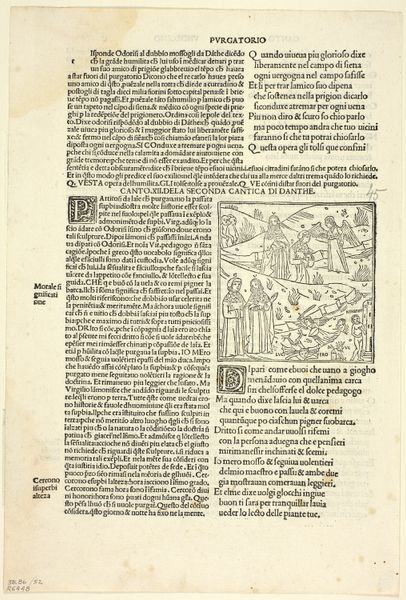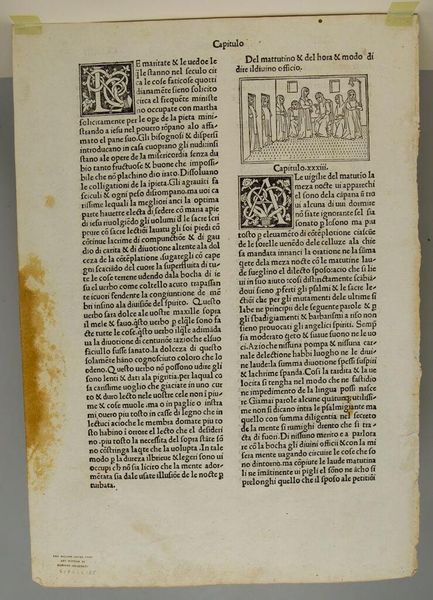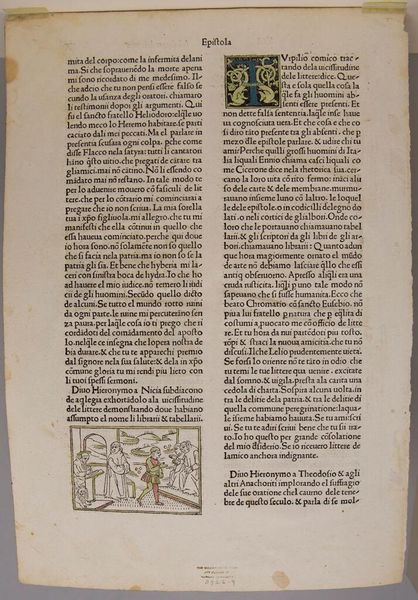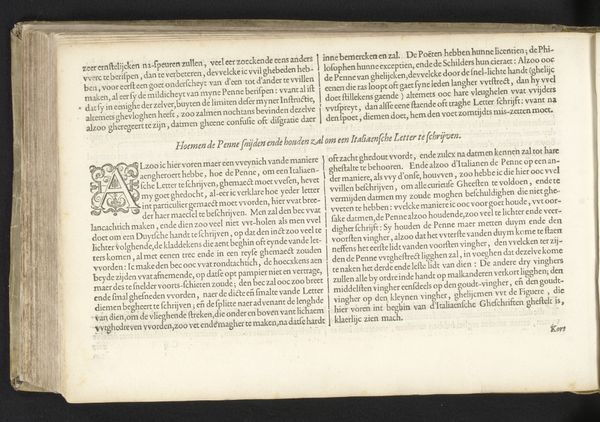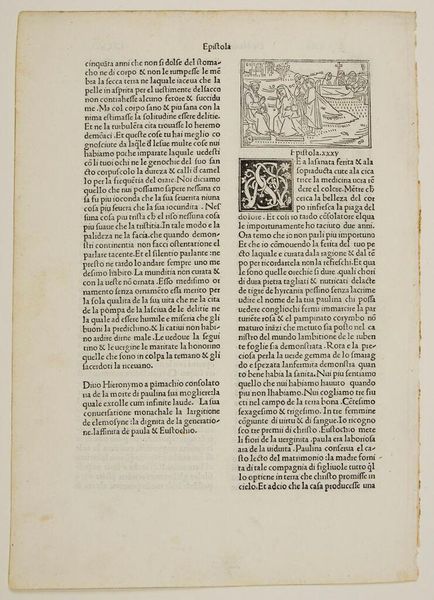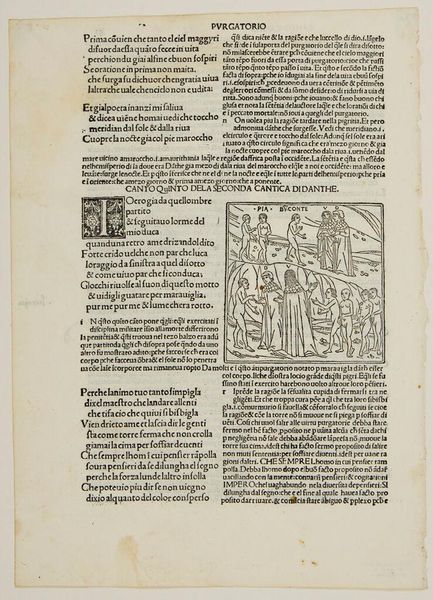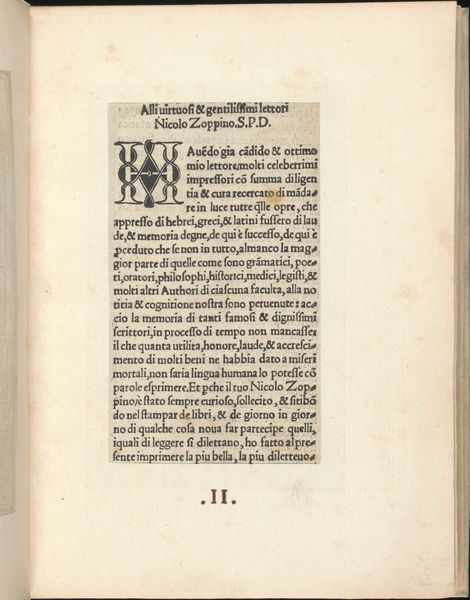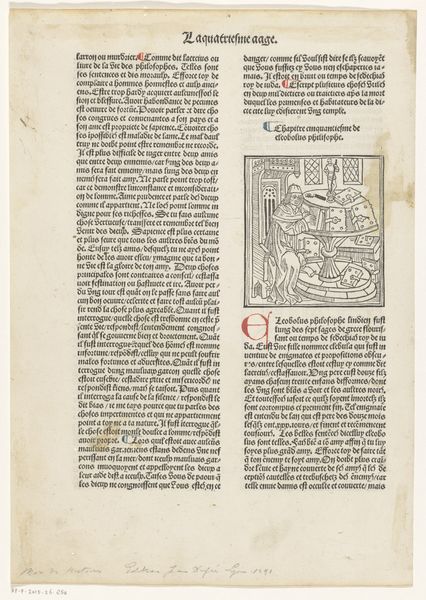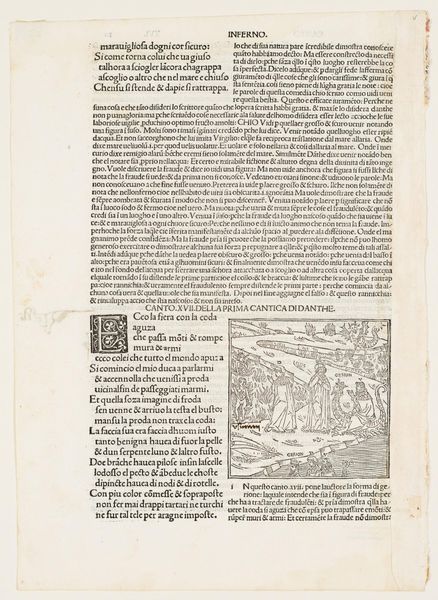
Epistle CXI to Paula and Eustochio from Epistolae (Letters of Saint Jerome), Plate 47 from Woodcuts from Books of the 15th Century c. 1497 - 1929
0:00
0:00
drawing, print, paper, typography, ink, woodcut
#
drawing
# print
#
paper
#
typography
#
ink
#
woodcut
#
northern-renaissance
Dimensions: 50 × 72 mm (image); 330 × 230 mm (sheet)
Copyright: Public Domain
Curator: This is Plate 47 from "Woodcuts from Books of the 15th Century," presenting "Epistle CXI to Paula and Eustochio from Epistolae (Letters of Saint Jerome)." The prints, attributed to an anonymous artist from around 1497 but reproduced in 1929, use woodcut, ink, and typography on paper. Editor: My immediate impression is of intense, quiet industry. It feels… studious. The small scale drawings tucked in the overall block of text, little windows into imagined scenes. Curator: It's precisely those ‘windows’ that I find compelling. As an iconographer, what details jump out at you? Editor: The visual language surrounding Saint Jerome. Notice the way they depict the interior spaces – simple, almost monastic, framing figures deep in study. This speaks volumes about the values they wished to uphold and reflect. Curator: Agreed. These aren’t mere illustrations; they are deliberately constructed visual arguments. Jerome's letters themselves are already arguments, theological and personal at once. Editor: How interesting that the symbols are often more powerful in these simplified forms. What emotional undercurrent do you feel flows through it? Curator: Nostalgia, perhaps, for a time when faith and intellect seemed more seamlessly interwoven. A deep respect for lineage – cultural, religious, intellectual. It's as much a constructed history as a depiction of a moment in time. Editor: It’s that tension between historical record and symbolic intent that I keep returning to. How much were they trying to record and how much were they creating a new, improved version of history? Curator: It leaves us perpetually questioning. As an artist, it begs the question, How does one best embody the ideas and emotions through the symbolism? Editor: To distill it down to an enduring image. That search seems eternal. And perhaps, as is evidenced in its 1929 republication, to recapture something lost.
Comments
No comments
Be the first to comment and join the conversation on the ultimate creative platform.
